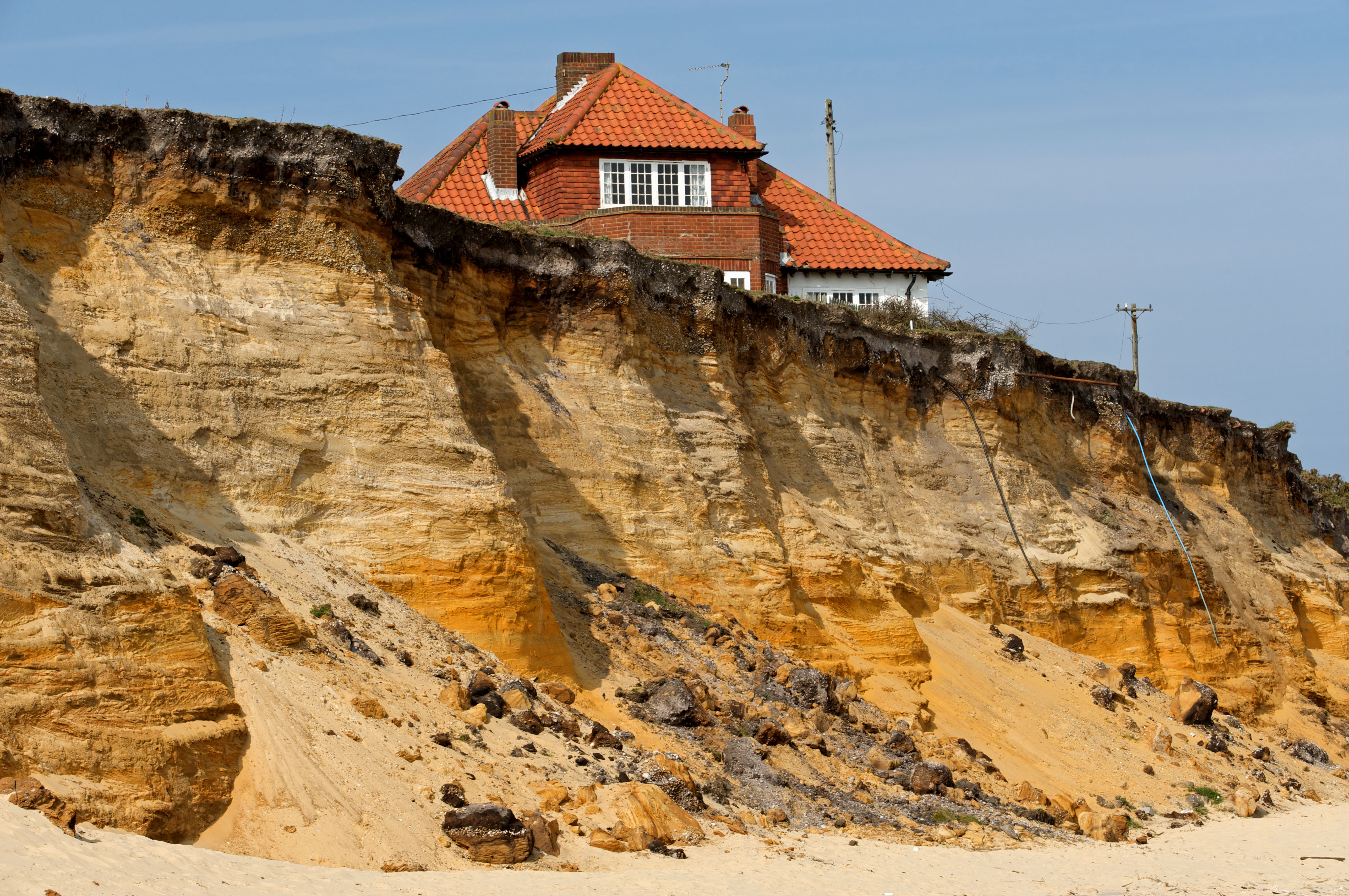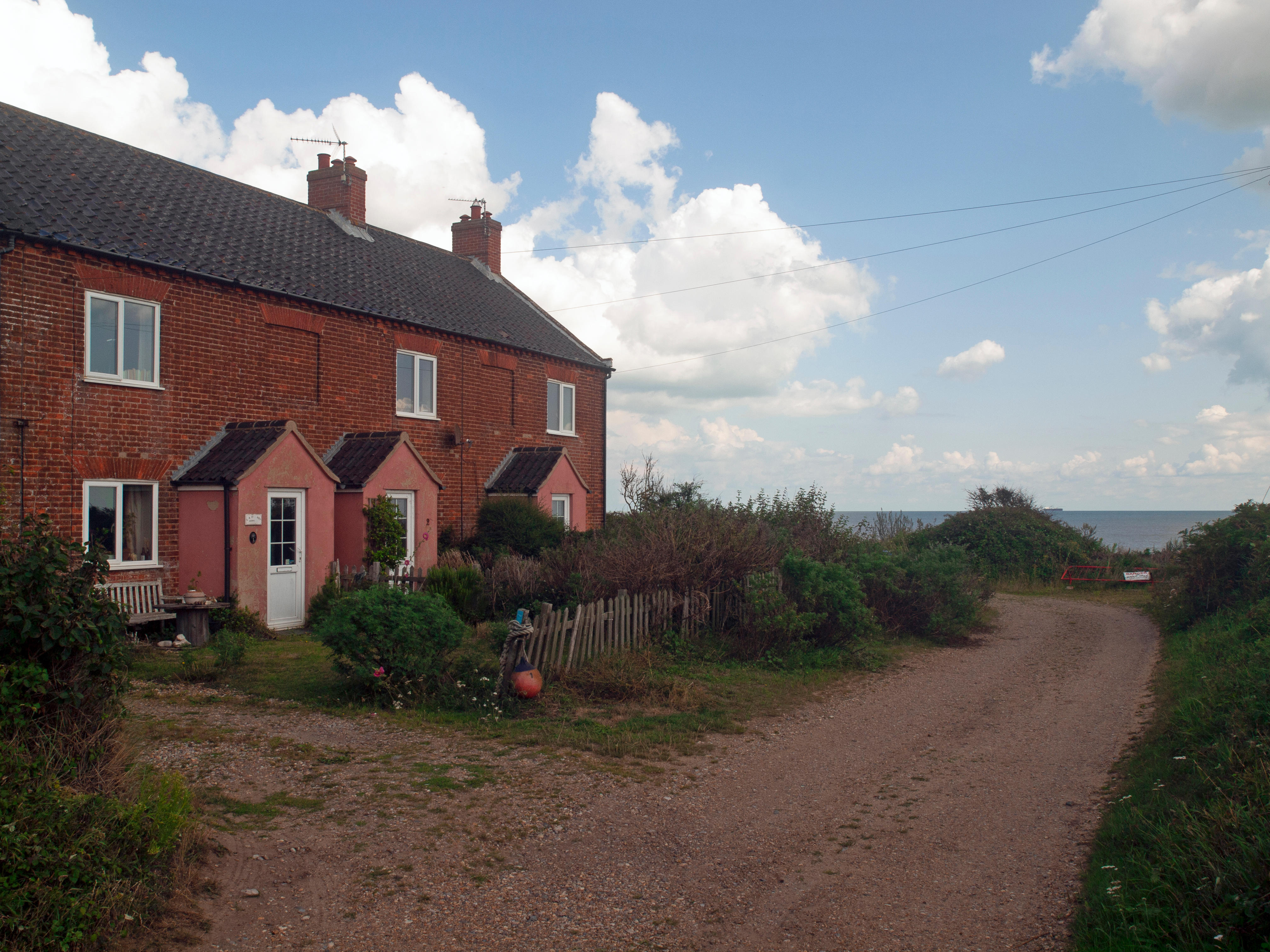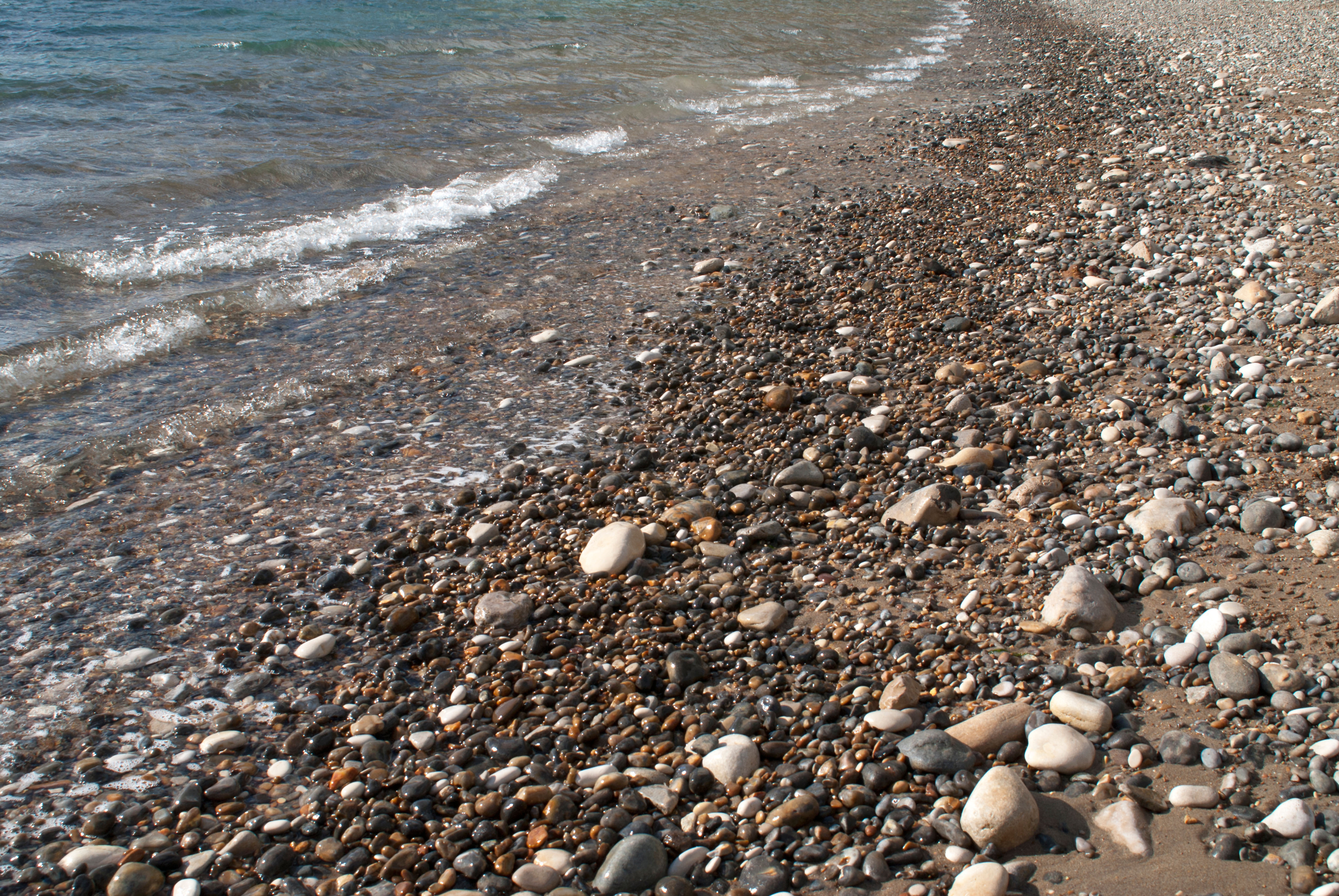'The most successful are adaptable to change': Meet the coastal residents at risk of losing their homes
Last month we reported on experts' advice to abandon coastal towns due to rising sea levels, but what about the people who call these places home? Residents on the coast of East Anglia have discussed the encroaching threat.

It's one thing for scientists and experts to tell those who live near the coast that they must leave their homes, as happened a couple of weeks ago. Yet such logical, cool-headed advice barely hints at the reality for those who would be forced to leave their homes of many years.
There have been many high-profile cases over the years of those who have been determined to stay in the crumbling cliff-top communities of East Anglia. One man, Peter Boggis, built his own sea defences; and Bryony Nierop-Reading worked for years trying to keep the sea at bay, as this short film shows.
Mrs Nierop-Reading's house fell into the sea in a tidal surge in 2013, and more share her fate each year as the sea chips away at the coastline. Putting a human face on the science, New Scientist published an article this week in which they spoke to Suffolk-based home owners about their vulnerable position.
Juliet Blaxland was among the homeowners interviewed by the magazine. Her house is situated near the crumbling cliffs of Easton Bavents in Waveney and has just a few more years before it is destroyed by the sea.
In recent times, around three metres of coast is lost annually, according to Ms Blaxland, who recognises the need to adapt to ones circumstances.
'In nature, the most successful animals are not necessarily the biggest and fastest, but the most adaptable to change,' she said.

However, nearby homeowners along the cliff have fought such a change.
Exquisite houses, the beauty of Nature, and how to get the most from your life, straight to your inbox.
Peter Boggis, as mentioned above, was dubbed King Canute for building his own coastal defences and a pair of holiday homes have been built with steel frames so they can be moved inland.
Jane Hamilton, of Dunwich, Suffolk, is also less accepting.
'It's human nature to preserve your community,' she said. 'I don’t accept: "That’s fine, it’s all going to fall in the sea, we’ll all move inland".'
Dunwich was once one of England’s largest ports and the capital of East Anglia. It is now a small hamlet as the harbour and most of the town have fallen into the sea.
The hamlet is among the seaside communities advised to conduct a 'managed retreat' inland, in a paper published in Science.
They said the move should not be ‘seen largely as a last resort, a failure to adapt, or a one-time emergency action’ , but as an opportunity to build better communities away from the encroaching waters.
Other homeowners are exploring giving up their land to the sea.
Farmer Richard Wrinch of Shotley, near Ipswich, has been talking to the Environmental Angency (EA) about his options. His fields border the river Orwell, which flooded during a 2013 storm surge.
'I have no direct problem with a managed retreat, because that's what humanity has done for millennia,' he said. 'What is missing is clarity from authorities,' he said.
The EA has said sea level rise can’t be fought with 'limitlessly high walls and barriers' alone, but its policy is to defend the majority of England’s coastline, and moving people is the exception.
In the past, the UK government offered money to help people relocate, but this support is no longer offered.

Credit: Alamy Stock Photo
Researchers discover concerning plastic ‘pebbles’ littering UK beaches
A study has revealed hidden plastic pollution on Britain’s coastline, in the form of pebble-like chunks known as pyroplastic.

World’s first protected area for basking sharks to be set up in Scotland
Scotland wants to create the world’s first protected area for basking sharks
